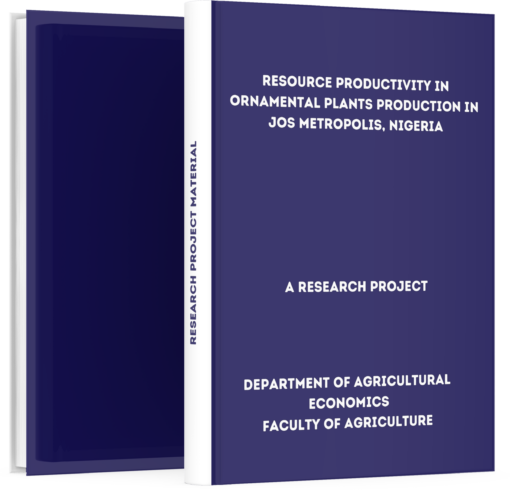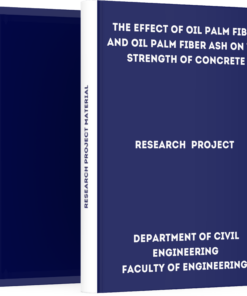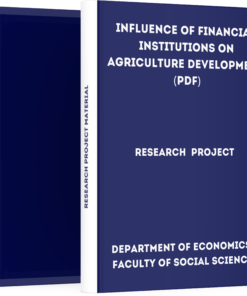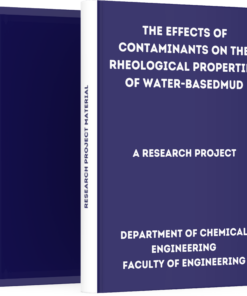Pressure Transient Analysis of Hydraulically Fractured Wells in Multilayered Reservoirs
₦3,000.00
If you are interested in getting this project material “Pressure Transient Analysis of Hydraulically Fractured Wells in Multilayered Reservoirs”, click on the DOWNLOAD BUTTON to make payment and the file will be delivered to your email immediately after confirmation.
Description
Download Pressure Transient Analysis of Hydraulically Fractured Wells in Multilayered Reservoirs. Petroleum Engineering students who are writing their projects can get this material to aid their research work.
Abstract
New equations for bilinear, formation linear and pseudo-radial flow regimes in an infinite commingled fractured multilayered reservoir have been developed.
The equations have been extended to Tiab’s Direct Synthesis Technique that makes it easy to estimate the individual layer properties without type curve matching.
Regardless of the flow regime, the rate normalized pressure derivative with respect to the appropriate time function has been found analytically to be constant, which depicts a horizontal line on the derivative curve.
This precludes the need to calculate the slope as is conventionally done and aids in easy model diagnosis or system identification and estimation of layered parameters.
Dimensionless pressure and pressure derivative functions which were derived by Bennet et al1 for an infinite commingled fractured multilayered reservoir have been extended to Tiab’s Direct Synthesis Technique to evaluate the average fracture and layer properties without type curve matching.
Introduction
Interpretation models cannot be used effectively in multilayered reservoir until a model has been identified for each layer. In multilayered reservoirs, the pressure and pressure derivative do not display the characteristics shapes and slopes of the individual layer model response.
This is because, the wellbore pressure is sensitive to the total system and hence pressure data alone cannot be used directly for layer model identification and subsequent estimation of layer properties.
Consequently, using parameters derived from pressure data alone to forecast production may lead to erroneous estimation of production.
Additionally, wellbore storage effect distorts pressure data which masks early flow regimes and inhibits the estimation of the layered properties.
How to Download this Project Material
First, note that we are one of the best and most reliable online platforms because we don’t retain any of your personal information or data as regards making payments online.
PRICE: ₦3,500 ₦3,000 (Three Thousand Naira Only)
Make a bank deposit or mobile transfer of ₦2,000 only to the account given below;
Bank Name: UBA
Account Number: 1022564031
Account Name: TMLT PRO SERVICES
After making the payment, CLICK HERE to send the following on WhatsApp;
- Depositor’s Name or Screenshot of Payment
- Name of the Past Question
- Active Email Address
or Call Us On +2348082284439
Once your details have been received and your payment confirmed by us, you will receive the past question in your email or WhatsApp within 5 Minutes.
Guarantee of Getting the Material
We understand that due to the high rate of fraud, many people are afraid of making purchases online but be rest assured that PastExamQuestions will deliver your material after payment.
Once your details have been received and your payment confirmed by us, you will receive the past question in your email or WhatsApp.
Give us Feedback
Have we been able to satisfy you? How well do you think the material will be helpful after having gone through it? Does the price worth the material? Let’s hear from you!
We recommend that our customers give feedback at the end of every transaction to enable us to serve better. You can do this by clicking the review button on this page.
Where is the review button? >> Just scroll up to where you see reviews





Reviews
There are no reviews yet.